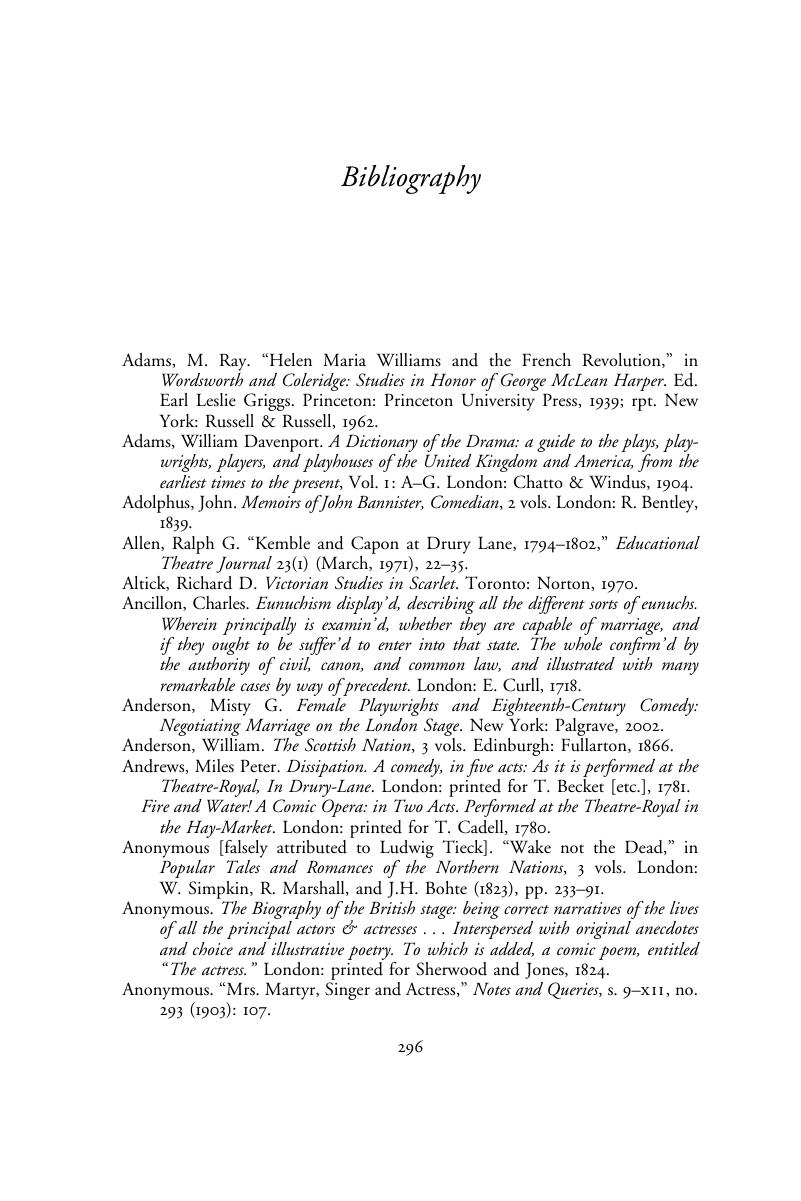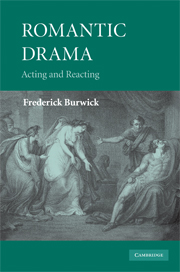Book contents
- Frontmatter
- Contents
- List of illustrations
- Acknowledgments
- Introduction
- 1 Periscopes into the theatre
- 2 Nationalism and national character
- 3 Genre: the realism of fantasy, the fantasy of realism
- 4 Acting: histrionics, and dissimulation
- 5 Transvestites, lovers, monsters: character and sexuality
- 6 Setting: where and elsewhere
- 7 Gothic and anti-Gothic: comedy and horror
- 8 Blue-Beard's castle: mischief and misogyny
- 9 Vampires in kilts
- Notes
- Bibliography
- Index
- References
Bibliography
Published online by Cambridge University Press: 04 August 2010
- Frontmatter
- Contents
- List of illustrations
- Acknowledgments
- Introduction
- 1 Periscopes into the theatre
- 2 Nationalism and national character
- 3 Genre: the realism of fantasy, the fantasy of realism
- 4 Acting: histrionics, and dissimulation
- 5 Transvestites, lovers, monsters: character and sexuality
- 6 Setting: where and elsewhere
- 7 Gothic and anti-Gothic: comedy and horror
- 8 Blue-Beard's castle: mischief and misogyny
- 9 Vampires in kilts
- Notes
- Bibliography
- Index
- References
Summary

- Type
- Chapter
- Information
- Romantic DramaActing and Reacting, pp. 296 - 327Publisher: Cambridge University PressPrint publication year: 2009



